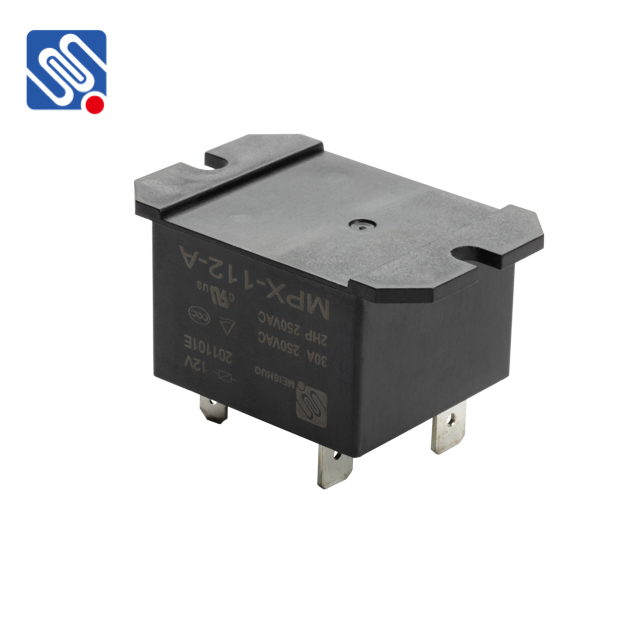A 220V 30A relay is an essential electrical component widely used in controlling high-power devices in both residential and industrial settings. It acts as an electrically operated switch, allowing a low-voltage control circuit to operate a high-voltage load circuit, making it invaluable in various applications. In this article, we will explore the functions, specifications, applications, and considerations of using a 220V 30A relay.

What is a 220V 30A Relay? A 220V 30A relay is an electromagnetic switch that can handle a maximum switching voltage of 220 volts and a current of up to 30 amperes. It is typically used in controlling large electrical loads, such as household appliances, industrial equipment, or HVAC systems. The relay consists of a coil, which, when energized, generates a magnetic field, causing the relay’s contacts to either open or close, thereby controlling the connected load. Relays are generally classified by their coil voltage (which determines the voltage required to activate the relay) and the current and voltage ratings of the contacts. For a 220V 30A relay, the coil voltage can vary (e.g., 5V, 12V, 24V DC, or 220V AC), while the contacts are designed to handle up to 30 amps of current at 220V.